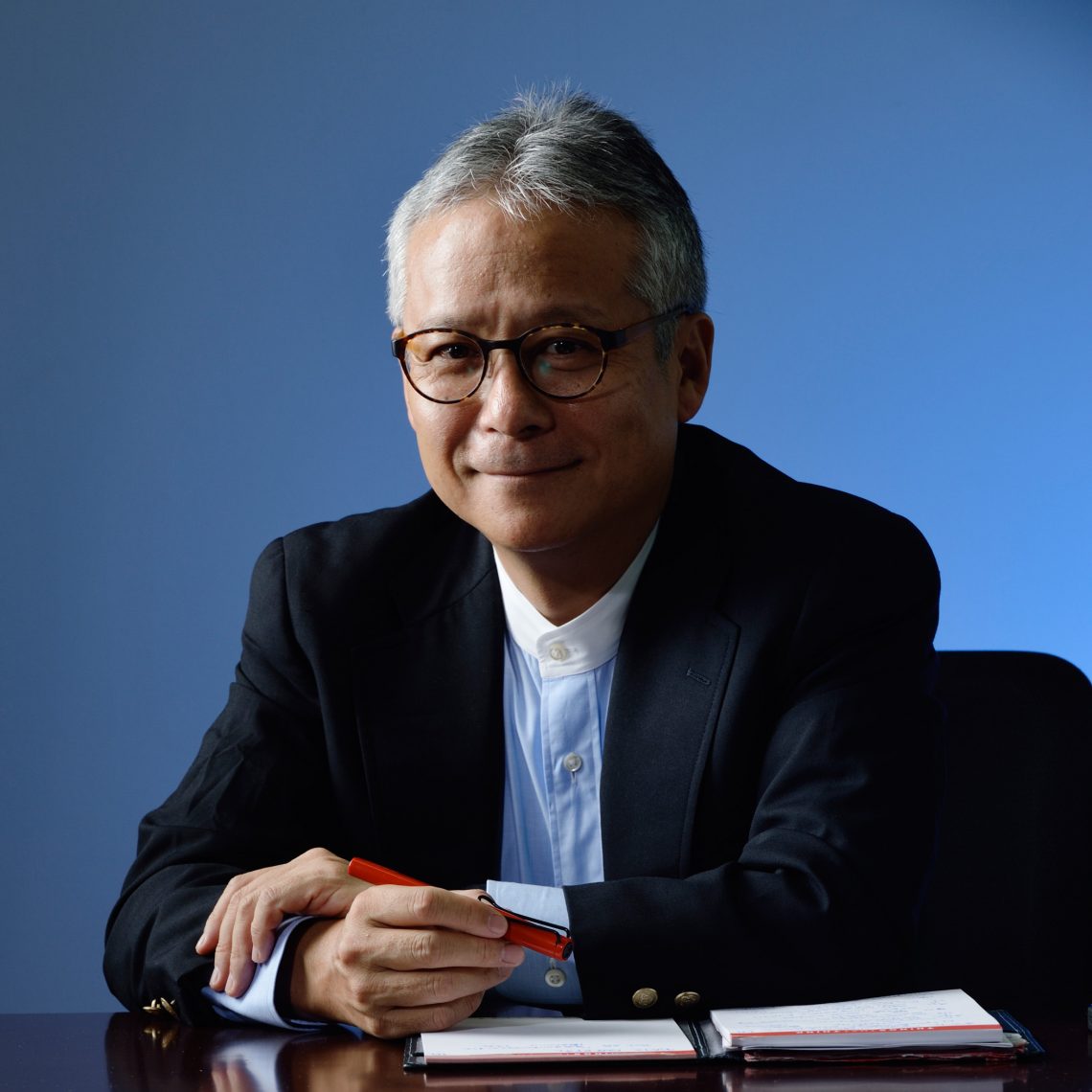Hiroshi Ishii is the Jerome B. Wiesner Professor of Media Arts and Sciences at the MIT Media Laboratory. After joining the Media Lab in October 1995, he founded the Tangible Media Group to make digital tangible by giving physical form to digital information and computation. He is recognized as a founder of “Tangible User Interfaces (TUI),” a new research genre. In 2012, he presented his new vision of “Radical Atoms” to leap beyond “Tangible Bits” by assuming a hypothetical generation of materials that can change form and properties dynamically and computationally, becoming as reconfigurable as pixels on a graphical user interface screen. His team’s Radical Atoms works, including Shape Displays and Programmable Materials, contributed to form the new stream of “Shape-Changing UI” research in the Human Computer Interface community. In 2019, he won the The Special Interest Group on Computer–Human Interaction , one of the Association for Computing Machinery’s special interest groups Lifetime Research Award for his fundamental and influential research contributions to the field of human-computer interaction over the past 25 years. Prior to joining the MIT Media Lab, Ishii led the Computer-Supported Cooperative Work research group at NTT Human Interface Laboratories Japan from 1988-1994, where he and his team invented the TeamWorkStation (1990) and ClearBoard (1992). He received a B.E. degree in electronic engineering, and M.E. and Ph.D. degrees in computer engineering from Hokkaido University, Japan. Ishii, a scheduled speaker at the Puzzle X conference in Barcelona November 15-17, recently spoke to The Innovator about the future of human-material interaction.
Q: What can you tell us about your work on human computer interfaces?
HI: The focus of my research is on how humans can interface with computers in a more engaging and inspiring way. You can’t grab pixels on a computer screen with your hands or have your body physically interact with a digital presentation because pixels are intangible. The work of my group at MIT focuses on how to make bits tangible. Our work includes something called Radical Atoms, a computationally transformable and reconfigurable material that is bidirectionally coupled with an underlying digital model (bits) so that dynamic changes in physical form can be reflected in digital states in real-time and vice versa. The applications we are developing focus on matter and hacking Radical Atoms to enable changes in the physical world. To simplify, today, there are two materials used for design: ‘frozen atoms’ and ‘intangible pixels.’ Our vision is that Radical Atoms will serve as third materials: dynamic, physical, and computational materials that transform and change properties driven by digital data and computation that can do all sorts of crazy stuff. My Radical Atoms vision was selected as the overarching theme of Ars Electronica Festival 2016 with the subtitle ‘The Alchemists of our Time.’ We are determined to become the alchemists of today. The future we are designing will enable objects such as a bed, a couch, or car seats to change shape dynamically. If, for example, you are sitting on a couch and your spouse joins you, the couch could automatically extend its shape to make room for a couple.
Q: What sort of proof-of-concept projects have you worked on so far?
HI: One example is bioLogic, a product the Media Lab worked on that allows biological and engineering approaches to flow in sync. Animate cells are harvested in a bio lab, assembled by a micron-resolution bio-printing system, and transformed into a responsive fashion, a ‘second skin.’ The synthetic bio-skin reacts to body heat and sweat, causing flaps around heat zones to open, enabling sweat to evaporate and cool down the body through an organic material flux.
Another example is OmniFiber, a reconfigurable fiber technology for movement-based interactions based. We explore how thinness and sensory capability of artificial muscle-based devices can be utilized by designers to seamlessly weave them into everyday tangible interactions; such as haptics-mediated skills training or actuated tangibles for remote interpersonal communication.
But fiber is just one of the many materials we are using. I/O Brush is a new drawing tool we are developing to explore colors, textures, and movements found in everyday materials by picking up and drawing with them. I/O Brush looks like a regular physical paintbrush but has a small video camera with lights and touch sensors embedded inside. Outside of the drawing canvas, the brush can pick up color, texture, and movement of a brushed surface. On the canvas, artists can draw with the special ink they just picked up from their immediate environment.
Q: Your work on radical atoms has been featured in museum exhibitions at the Centre Pompidou, the Victoria and Albert Museum, and Milan Design Week, among others, and artists are excited about your work. How do you see the link between science and art?
HI: Science explains the world. Art asks questions about the world. Both art and science are critical for innovation.
Q: How long will it be before radical atoms are commercialized?
HI: It depends on people’s desire to make innovations in their everyday life. I would say 10 years.
Q: How should business prepare for a future that includes shape changing materials?
HI: Invest in MIT’s Tangible Media Group and work together with us on these breakthroughs. We need partners to help make digital tangible.
This article is content that would normally only be available to subscribers. Sign up for a four-week free trial to see what you have been missing.







